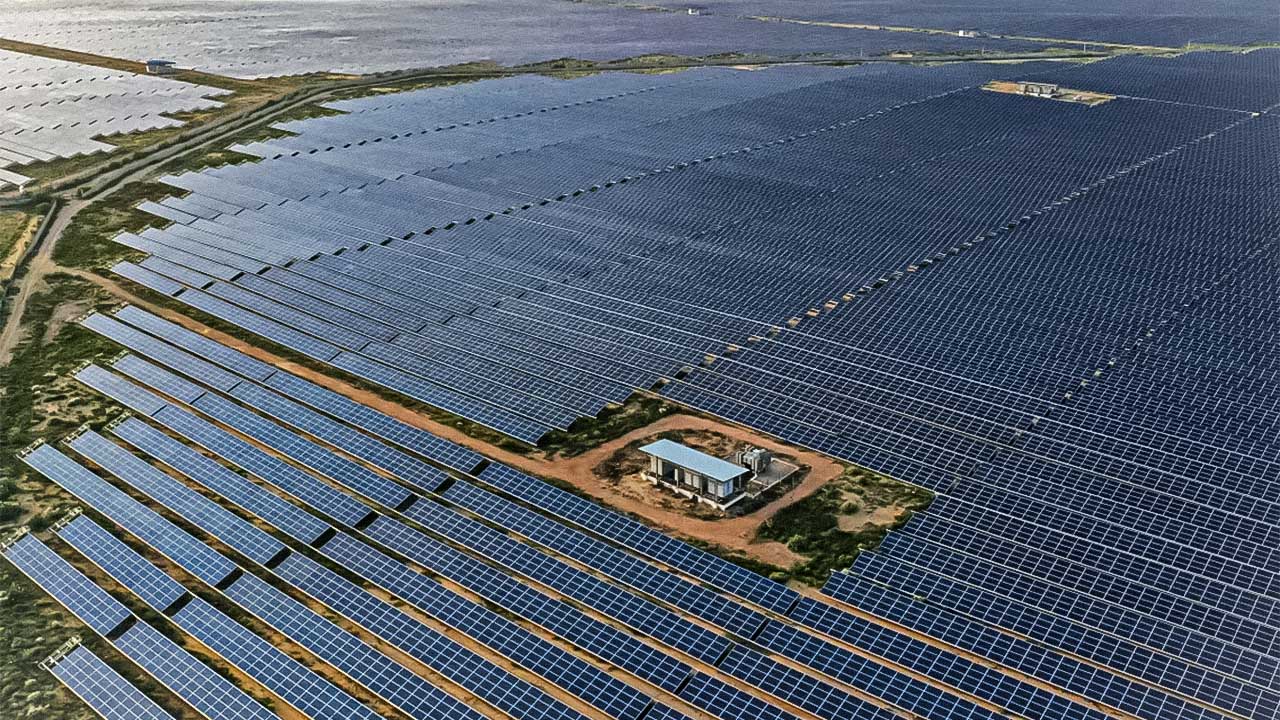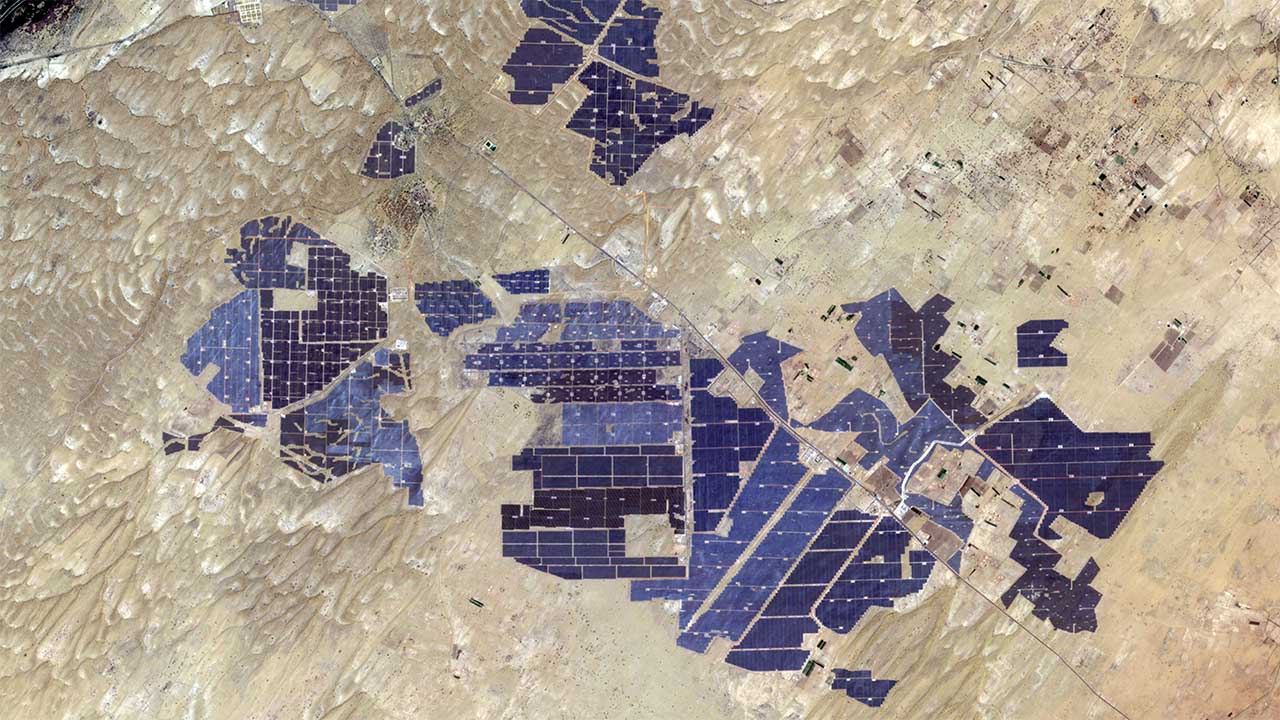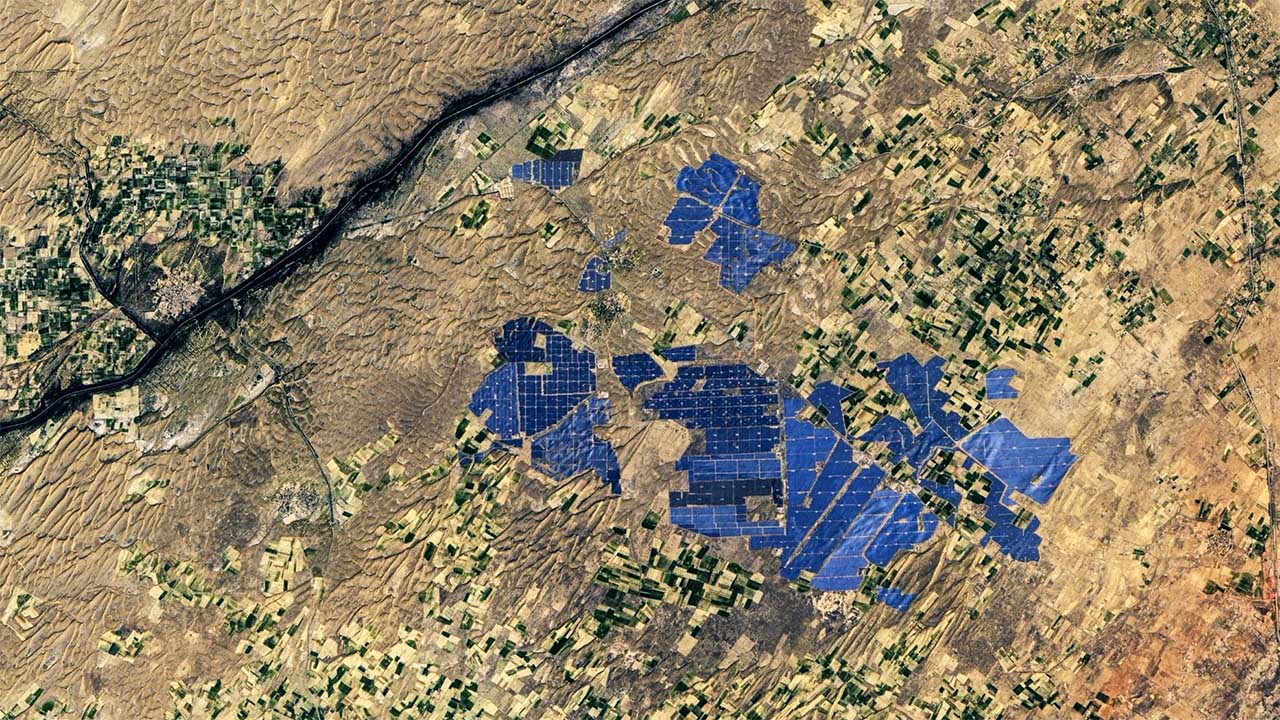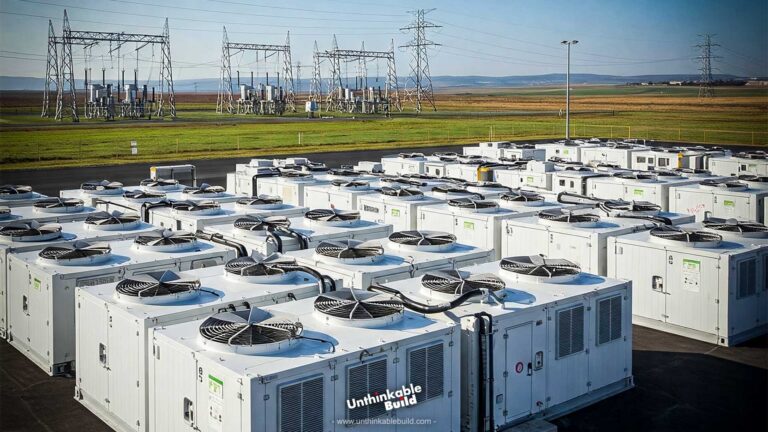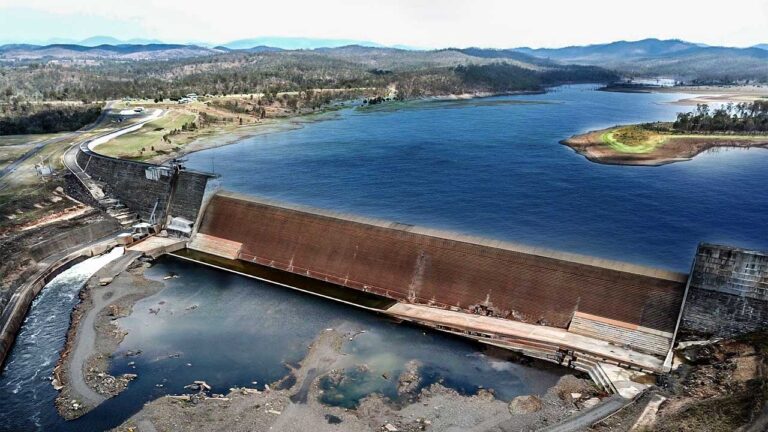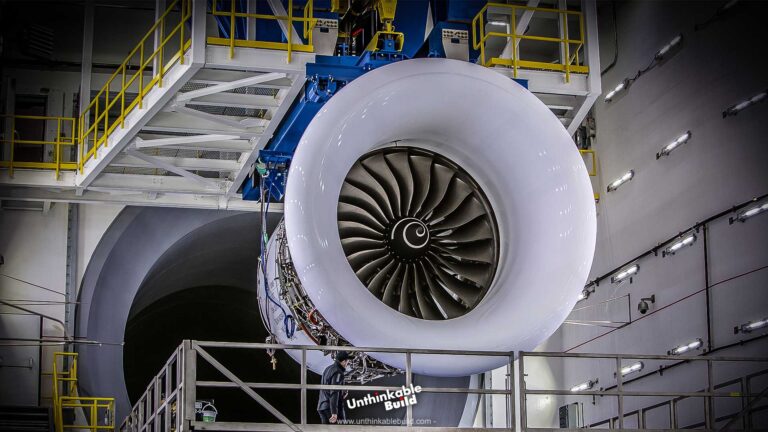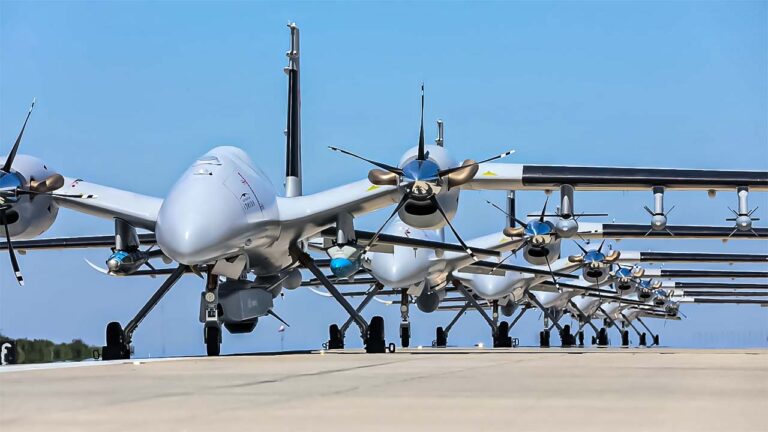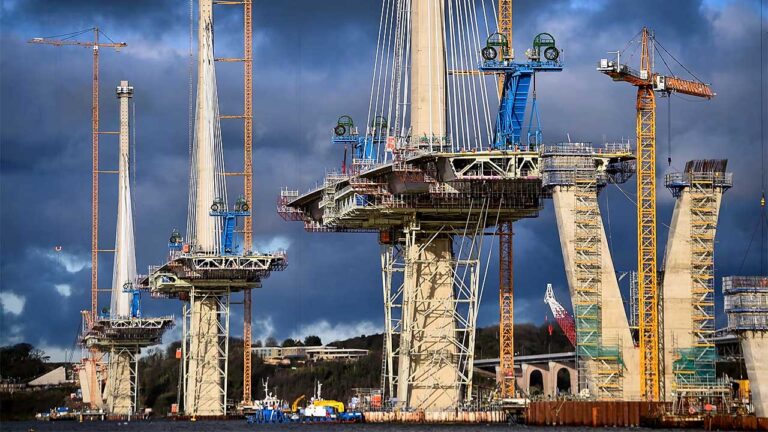Bhadla Solar Park – World’s Biggest Solar Farm in India
The Thar Desert in Rajasthan has always been unforgiving. Blistering heat scorches the sand, with summer temperatures often rising past 50°C. The soil is infertile, rainfall is scarce, and dry winds whip across the region in relentless sandstorms. For generations, life here has been marked by hardship. Yet, it is precisely these extreme conditions that created the perfect foundation for one of the world’s greatest solar power triumphs—Bhadla Solar Park.
I’ve stood in the heart of Bhadla, where the sun blazes down from a clear sky with such intensity that it feels like fire pressing against your skin. But instead of being wasted, that sunlight now powers millions of homes.
Why Bhadla Was Chosen for Solar Power?
The decision to develop a massive solar installation in Bhadla wasn’t just about space. It was strategic. The region receives among the highest solar irradiance in the world—an average of 5.72 kWh/m²/day. Its vast stretches of barren government-owned land meant minimal displacement and low development costs. Low population density reduced logistical challenges. And its remoteness, once a disadvantage, became an asset in minimizing conflicts over land use.
More than 10 million solar panels now cover over 14,000 acres of desert. Together, they generate 2,245 megawatts of electricity—enough to power 4.5 million households. That makes Bhadla not just India’s largest solar farm, but the largest anywhere in the world. The total investment? A massive $2.175 billion.
Who Built Bhadla Solar Park—and How
The Bhadla Solar Park was developed by the Rajasthan Renewable Energy Corporation Limited (RRECL), a joint venture between the Government of Rajasthan and India’s Ministry of New and Renewable Energy (MNRE). The project rolled out in four major phases, beginning in 2015 and reaching full capacity by December 2018.
Also Read: Jeddah Tower – World’s Tallest Skyscraper Resumes Construction
Each phase introduced more capacity and drew international attention:
- Phase I (2017): NTPC Limited auctioned 420 MW. Finland’s Fortum and other private developers won bids.
- Phase II: The Solar Energy Corporation of India (SECI) auctioned an additional 250 MW.
- Phases III and IV: Larger developers stepped in. ACME Power, SoftBank Group, Avaada Energy, and Phelan Energy took leading roles.
The development model focused on competitive bidding. This led to some of the lowest solar tariffs ever recorded in India, as developers competed aggressively to secure capacity.
Global Collaboration and Financial Support
Behind the scenes, global financing played a pivotal role. The Climate Investment Fund (CIF), backed by the G8 nations, made an early investment of $200 million in concessional financing—offering grants and low-interest loans to push the project forward. That initial push attracted an additional $112 million in co-financing.
This financial structure enabled Bhadla to scale rapidly. It also helped bring down per-unit costs, making solar power cheaper than coal in the region. According to Daniel Morris, the clean energy lead at CIF, “The goal was to reach scale. And Bhadla proved that with the right support, solar can go from niche to national backbone.”
India’s Renewable Energy Push
The Bhadla Solar Park is a cornerstone of India’s National Solar Mission, part of the broader National Action Plan on Climate Change (NAPCC). The mission targets an installed solar capacity of 100 GW by 2030. Bhadla’s 2.2 GW plays a meaningful part in this goal—but its value is also symbolic.
After the U.S. exited the Paris Climate Agreement in 2017, the world watched to see who would step up. India answered the call. Despite being the third-largest emitter of greenhouse gases, India reaffirmed its commitment to cut emissions intensity of GDP by 30–35% by 2030. It pledged to increase its share of non-fossil fuel energy to 40% by the same year.
And it wasn’t just solar. India ramped up wind power, invested in nuclear energy, and launched reforestation efforts that aimed to create new carbon sinks. These ambitious policies carried a heavy cost—$2.5 trillion between 2020 and 2030, covering grid upgrades, power storage, transmission infrastructure, and public-private partnerships.
But the payoff has been enormous. India has emerged not just as a participant in the global climate conversation, but as a leader.
Local Impact: Jobs, Economy, and Environment
Too often, mega infrastructure projects overlook the people living near them. That didn’t happen in Bhadla. A study by the World Bank revealed that the construction and operation of the solar park created over 10,000 direct and indirect jobs. This includes engineers, maintenance crews, transport workers, and support staff. Many of these jobs went to local residents, creating an economic ripple effect that touched every village in the vicinity.
The project also improved electricity reliability in rural Rajasthan. Regions that once faced power shortages or blackouts now enjoy consistent supply. It’s a change that has reshaped lives—from powering fans in school classrooms to enabling irrigation pumps in fields.
Perhaps most importantly, Bhadla has helped India avoid approximately 4 million tonnes of CO₂ emissions annually. That’s equivalent to taking nearly 1 million cars off the road every year.
The Bigger Picture: A Model for the World
Bhadla is not just a success story for India. It offers a blueprint for nations worldwide, especially those in the Global South. It shows how seemingly inhospitable land can be turned into a strategic energy asset. It shows that solar doesn’t need fertile fields or expensive technology hubs—it needs vision, commitment, and support from both local governments and international institutions.
As solar panel costs dropped by 85% over the last decade, according to the International Renewable Energy Agency (IRENA), the case for solar in sun-rich but cash-strapped nations has grown stronger. And Bhadla’s record-breaking performance proves that these projects are not only viable—they’re essential.
Also Read: Turkey is Building World’s Largest Drone Army
What Lies Ahead
The success of Bhadla has inspired similar solar parks across India. From Pavagada in Karnataka to Rewa in Madhya Pradesh, the country is laying the groundwork for a future where renewable energy is not the alternative—it’s the default.
India’s energy mix is still heavily dependent on coal, but that’s changing. The path won’t be easy. Storage challenges, transmission losses, and policy bottlenecks remain. But the Bhadla Solar Park provides something critical—proof that large-scale change is possible.
For those of us who walked across the solar fields in Bhadla, the silence is powerful. No engines roar. No smokestacks pollute the air. Just sunlight, metal, and hope—humming quietly through 10 million panels, feeding electricity into a country that’s ready for a cleaner future.

